When it comes to transporting forage, especially hay in round bales, knowing how many will fit on a semi trailer is crucial for farmers, transporters, and suppliers alike. This article will provide you with detailed insights, calculations, and factors influencing loading capacity, ensuring you maximize efficiency in transport while minimizing costs.
Understanding Round Bale Dimensions
Before delving into the calculations for how many round bales fit on a semi trailer, it’s essential to understand the standard dimensions of round bales and the configurations of semi trailers.
Standard Round Bale Sizes
- Diameter: Most commonly, round bales are produced with diameters ranging from 4 to 6 feet.
- Weight: The weight of a round bale can vary significantly based on the type of forage, moisture content, and density but generally ranges between 700 to 1,200 pounds.

Common Semi Trailer Dimensions
- Length: Standard semi trailers are often 48 to 53 feet long.
- Width: The width is generally around 8.5 feet.
- Height: Typical heights can vary but approximately 13.5 feet is standard.
Calculating Bale Capacity
Step-by-Step Calculation Process
To determine how many round bales can fit on a semi trailer, follow these systematic steps:
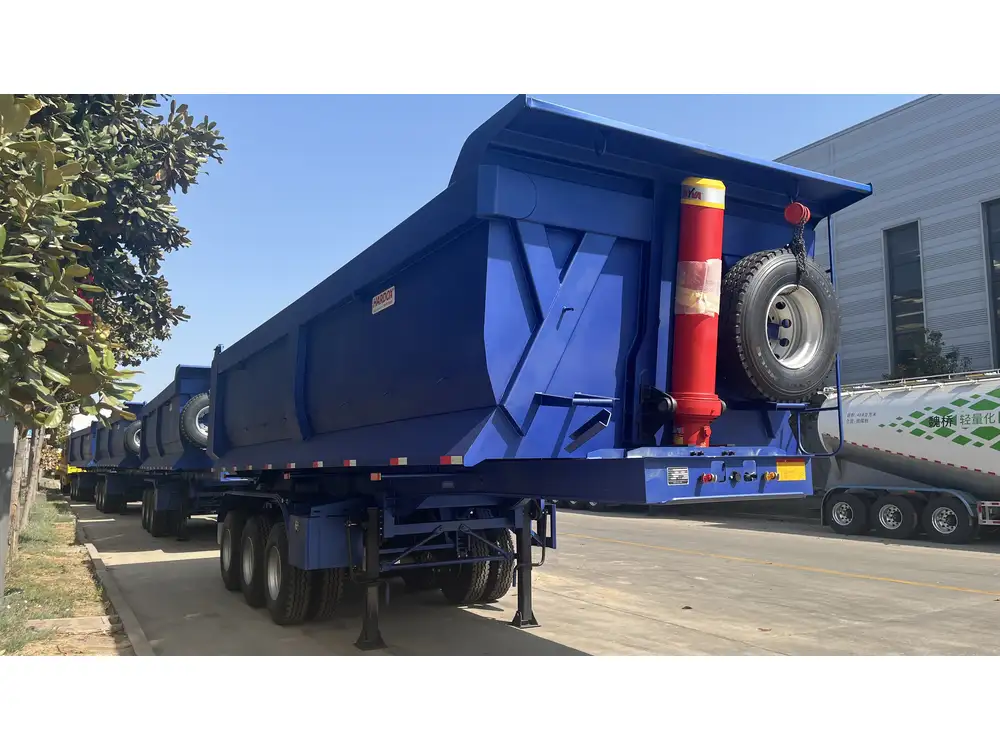
Step 1: Determine Bale Orientation
Round bales can be transported in two primary orientations:
- Standing (on end): This generally maximizes the number of bales.
- Laying Flat: This can be a more stable option but may reduce capacity.
Step 2: Calculate the Area Each Bale Occupies
- Standing Position: For a bale with a 5-foot diameter:
- Cross-section area ≈ π (radius)^2 = π (2.5)^2 ≈ 19.63 square feet
- Flat Position: The footprint area for a flat-lying bale is approximately:
- Footprint area = diameter × diameter = 5 × 5 = 25 square feet
Step 3: Determine the Trailer Loading Area
- For a 53-foot trailer with 8.5 feet width:
- Total area = Length × Width = 53 × 8.5 = 450.5 square feet
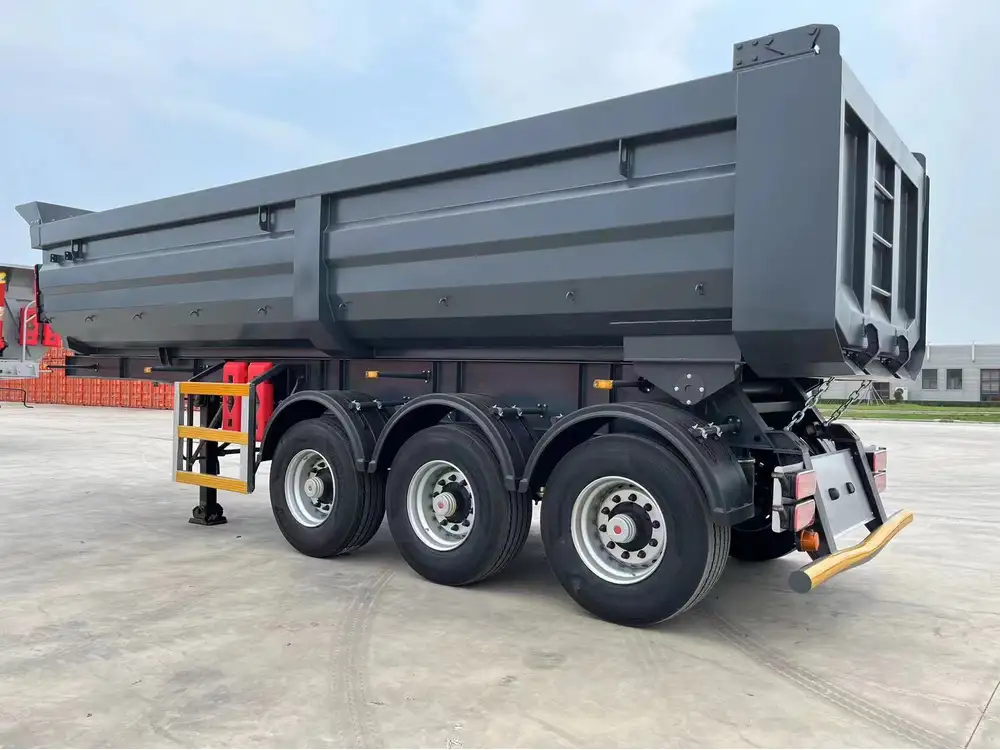
Step 4: Apply the Orientation Calculations
Using the standing position for computation:
- Number of bales ≈ Total area ÷ Area per bale
- Bales standing = 450.5 ÷ 19.63 ≈ 23 bales
Using the flat position:
- Bales laying flat = 450.5 ÷ 25 ≈ 18 bales
Factors Influencing Capacity
While the above calculations provide a solid starting point, various factors can affect how many round bales can be accommodated on a semi trailer.
1. Trailer Type and Configuration
- Flatbed Trailers: Allow for higher loading flexibility and easier access.
- Enclosed Trailers: Might restrict loading capabilities due to height limits.
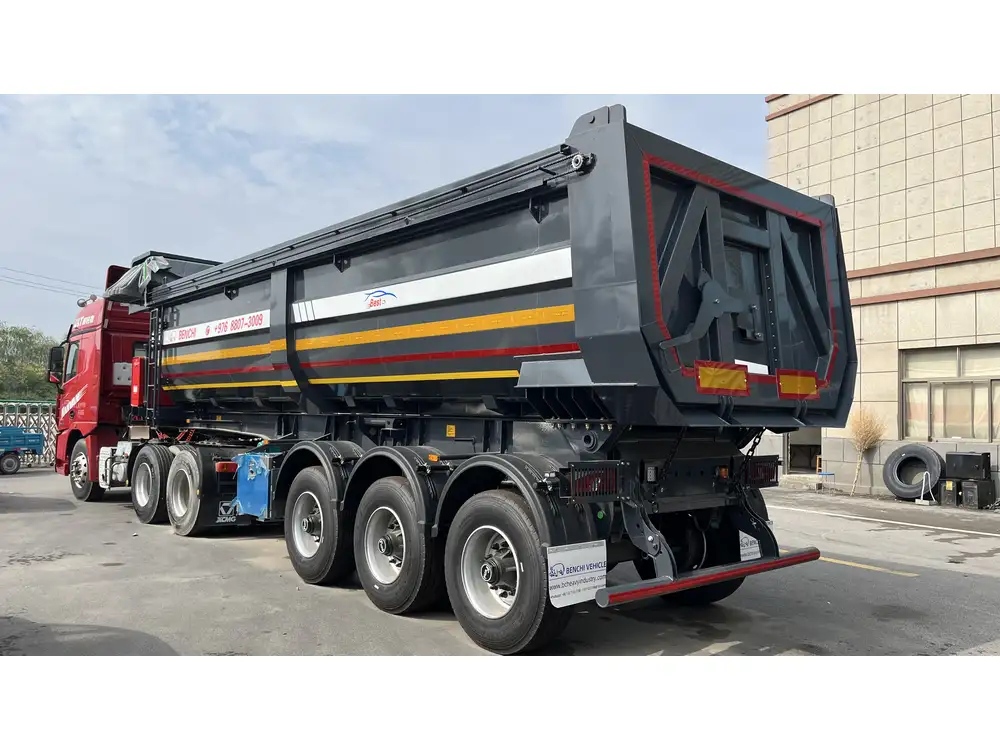
2. Types of Bales
- Round bales can come in various dimensions; understanding the precise size is integral to accurate calculations.
3. Regulatory Limits
- Be aware of weight restrictions imposed on transport vehicles, which can vary by region. Overloading can lead to significant fines and dangers on the road.
4. Packaging and Tarping
- If your bales require wrapping or additional securement for transport, this may eat into available space and limit quantity.
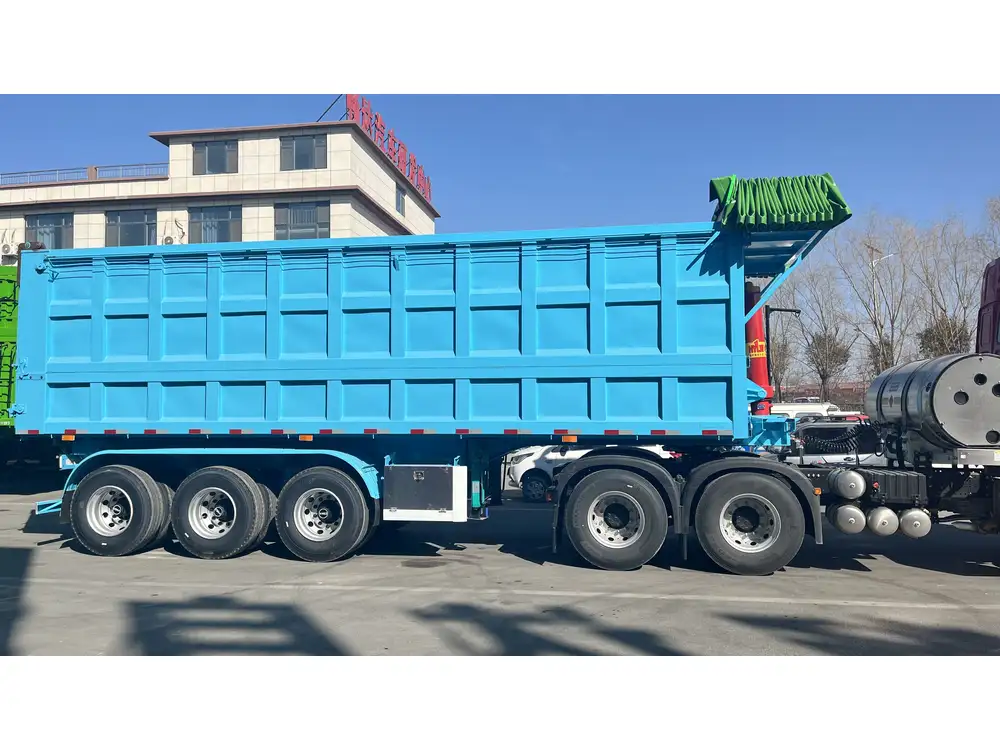
Practical Loading Tips
Maximizing load efficiency goes beyond mere calculations. Here are practical strategies for effective loading:
Tarping Best Practices
- Always ensure bales are sufficiently tarped if exposed to elements to avoid moisture damage.
Weight Distribution
- Distribute weight evenly across the trailer to enhance stability and prevent any potential swaying during transport.

Tie-Downs and Security
- Utilize high-standard tie-downs to secure bales, reducing the risk of movement during transit.
Environmental Considerations
Transporting round bales can have environmental impacts, and hence it is crucial to consider sustainable practices:
Fuel Efficiency
- Optimize loads to lower fuel consumption by minimizing trips. The more bales per trip, the fewer trips are required.
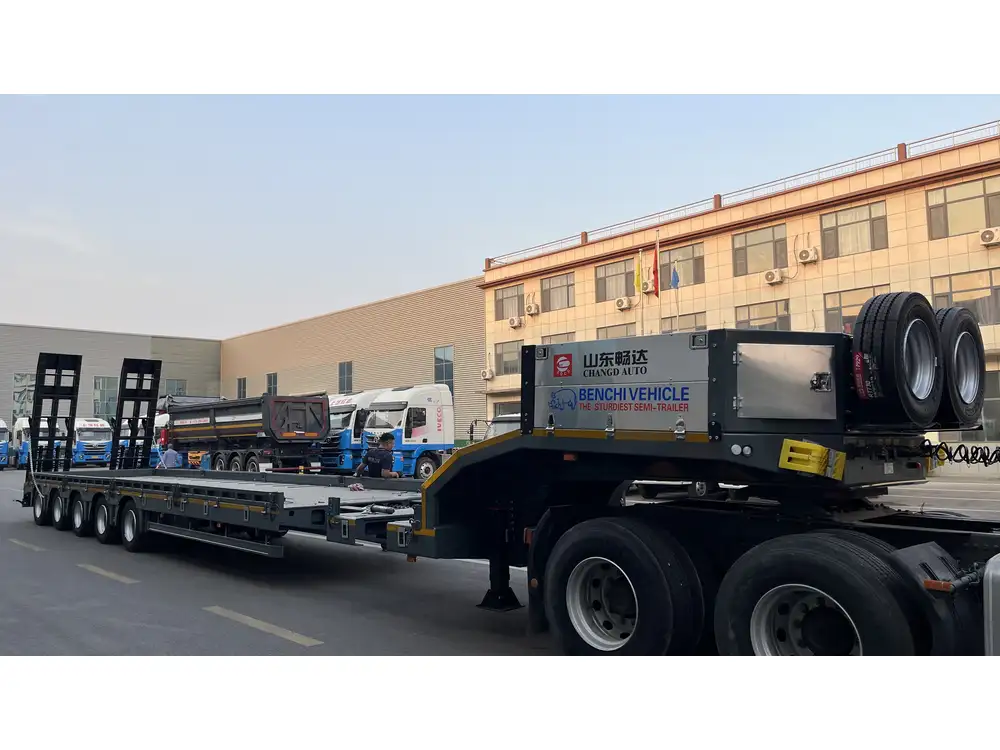
Emission Reductions
- Efficient loading influences emissions. By maximizing trailer capacity, you contribute to reducing the overall carbon footprint.
Conclusion
In summary, the question of how many round bales will fit on a semi trailer intersects multifaceted aspects of transport logistics. By understanding the dimensions of both your bales and trailers, considering factors that affect loading capacity, and applying effective loading techniques, you can optimize your operations.
Effective loading isn’t merely about capacity; it’s also about efficiency, sustainability, and ensuring the integrity of the product during transport. Farmers and hauliers should continuously strive for advancements in their loading methodologies to foster both economic and environmental sustainability in their operations.
Frequently Asked Questions (FAQs)

How many bales can fit on a 48-foot trailer?
A 48-foot trailer can approximately fit 22 standing bales or 17 laying flat bales, assuming standard dimensions of 5-foot bales.
What is the maximum weight I can load on a semi trailer?
Weight regulations typically cap at 80,000 pounds for a fully loaded semi truck combination in the U.S. Be sure to check local regulations.
Are there different types of round bales?
Yes, round bales vary significantly in size and density depending on forage type. It’s important to know these specifications to accurately calculate transport capacity.
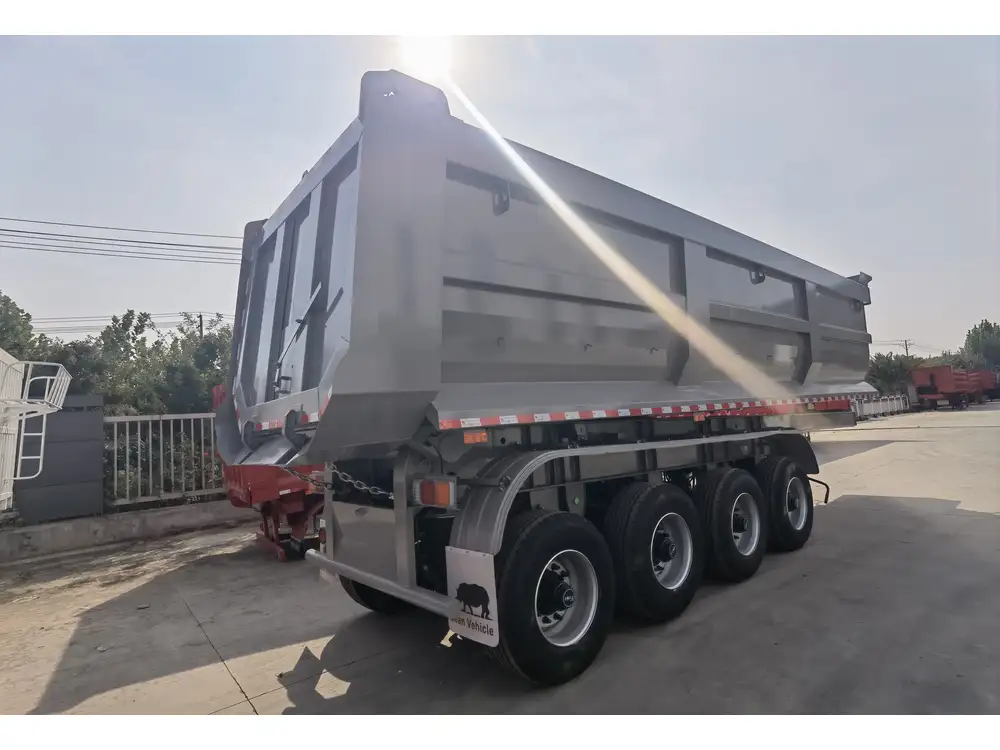
Can I use a standard tarp for bales?
While standard tarps can cover bales, it is crucial to choose one with appropriate waterproofing and durability for extended transport.
How does the moisture content of bales affect weight?
Higher moisture content increases the weight of the bales, which can limit your loading capacity under regulatory weight limits.
Key Takeaways
- Understanding bale dimensions, trailer capacities, and additional factors will aid in successful transportation.
- Proper loading techniques enhance efficiency and sustainability.
- Always be mindful of local regulations regarding weight and transport practices.
By applying this comprehensive guide, you’ll be well-prepared to navigate the challenges of transporting round bales effectively, ensuring that your operations run smoothly.



